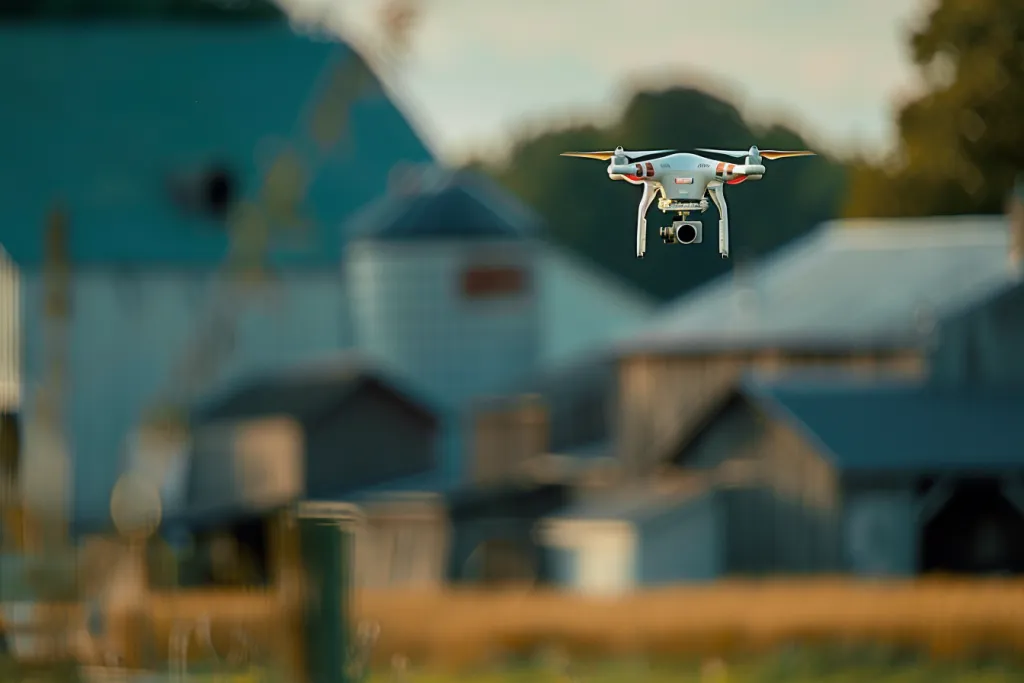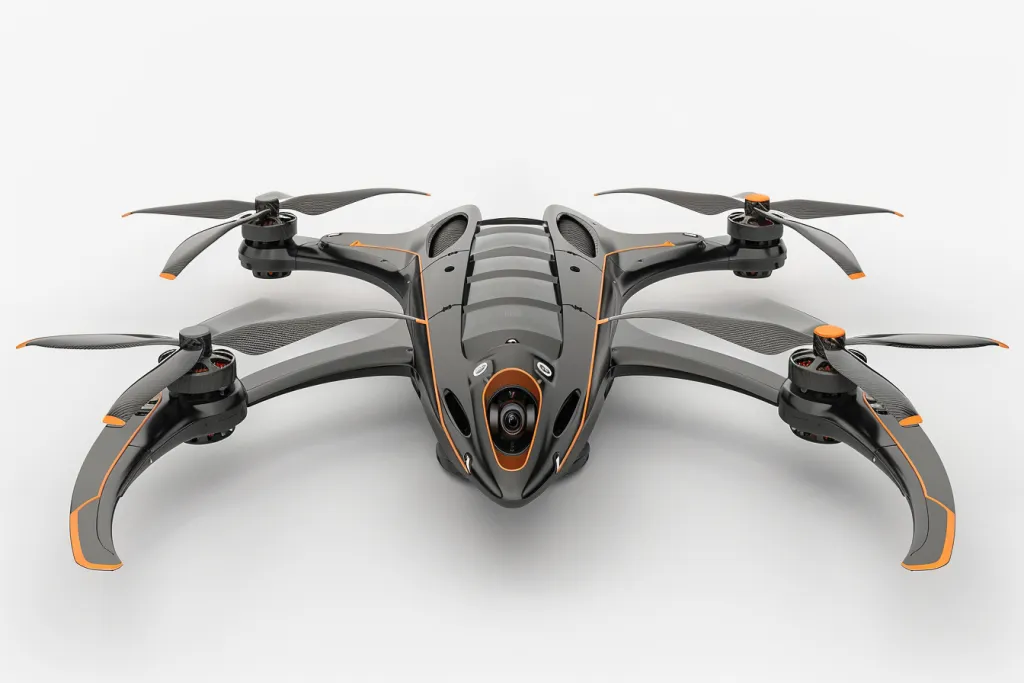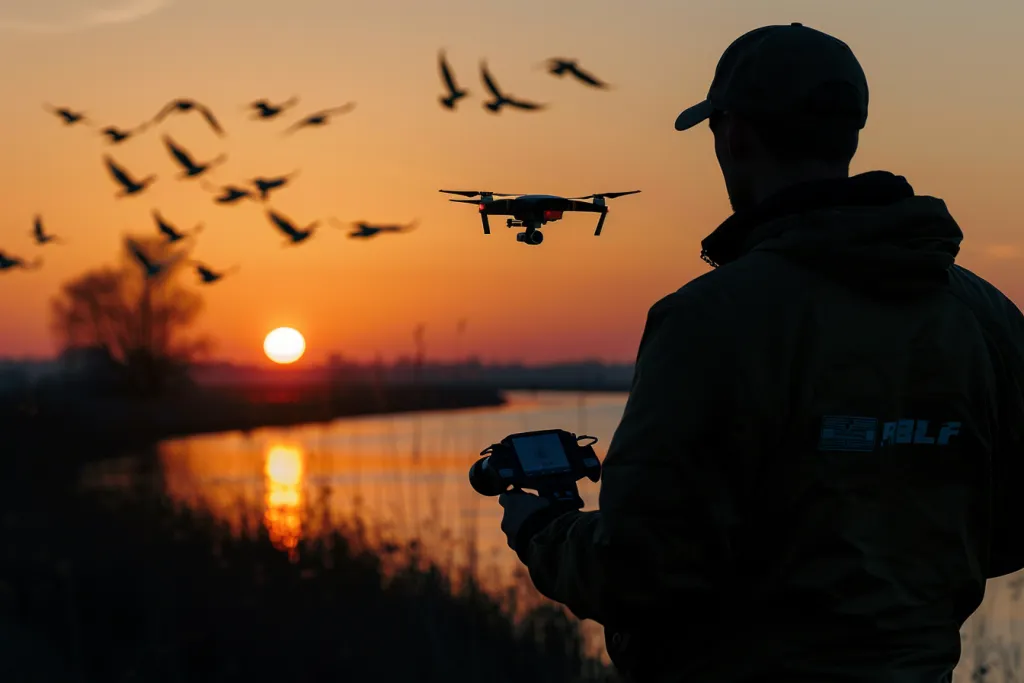The fascination with drones has transcended hobbyists and filmmakers, becoming a staple in the consumer electronics landscape. These flying marvels combine advanced technology with practical applications, from aerial photography to enhancing security. This article explores the top five aspects of drones that consumers care most about, breaking down their complexities into understandable insights. Whether you’re a drone enthusiast or curious about integrating this technology into your life, this guide aims to illuminate the path.
Table of Contents:
– Understanding drone technology and its evolution
– Key features to consider when choosing a drone
– The impact of drones on photography and videography
– Drones and their role in security and surveillance
– The future of drones in consumer electronics
Understanding drone technology and its evolution

Drones, once military assets, have transformed into consumer favorites. This evolution is not just about accessibility but also the advancement in technology. Early drones were bulky, with limited capabilities. Today, they boast compact designs, enhanced battery life, and superior flight control systems. Understanding the core technology—GPS integration, gyro-stabilization, and obstacle detection—sheds light on how drones maintain stability and navigate the skies with precision.
The propulsion system of drones, including brushless motors and electronic speed controllers, plays a crucial role in their maneuverability and speed. As technology progresses, drones become more efficient, capable of longer flights and carrying heavier payloads without sacrificing performance. This evolution is pivotal for applications beyond leisure, extending into commercial and emergency response domains.
Connectivity has also seen significant advancements. The integration of Wi-Fi, Bluetooth, and even 4G/5G networks in drones enhances real-time data transmission and control. This connectivity not only improves the user experience but also expands the potential uses of drones, from real-time monitoring to remote operation in inaccessible areas.
Key features to consider when choosing a drone

When diving into the world of drones, understanding key features is paramount. Battery life is a critical factor; it determines how long a drone can stay airborne. Modern drones offer varied flight times, but it’s essential to balance battery life with the intended use to ensure it meets your needs.
Camera quality is another crucial aspect, especially for those interested in aerial photography or videography. High-resolution cameras, gimbal stabilization, and advanced image processing software are features that contribute to capturing stunning visuals from the sky. These features not only enhance the quality of photos and videos but also expand creative possibilities.
Flight control systems and automation features significantly impact the user experience. Look for drones with intuitive controls, multiple flight modes, and features like automatic takeoff, landing, and return-to-home. These technologies not only make flying more accessible to beginners but also offer advanced users more control and flexibility for complex maneuvers.
The impact of drones on photography and videography

Drones have revolutionized photography and videography, offering perspectives that were once impossible or prohibitively expensive to achieve. Aerial shots add a dramatic flair to any visual project, providing views that captivate audiences. For photographers and videographers, drones open up a new realm of creativity, allowing them to explore angles and compositions that ground-based equipment can’t match.
The advancement in camera stabilization technology, such as gimbal systems, ensures that even in windy conditions, footage remains smooth and clear. This stability is crucial for professional-quality results, making drones an indispensable tool for filmmakers and content creators.
Moreover, drones democratize aerial photography and videography, making these once niche fields accessible to hobbyists and enthusiasts. The ability to capture breathtaking landscapes, document events from above, and explore new visual storytelling techniques empowers creators to push the boundaries of their art.
Drones and their role in security and surveillance

Beyond photography, drones play a significant role in enhancing security and surveillance. Their ability to cover large areas quickly and reach inaccessible locations makes them ideal for monitoring purposes. Drones equipped with cameras, thermal imaging, and night vision capabilities can provide real-time data, aiding in everything from crowd control at events to wildlife monitoring.
In emergency situations, drones can be the first responders, offering a bird’s eye view that helps in assessing the scene and planning rescue operations. This application not only improves the efficiency of emergency responses but also ensures the safety of personnel by reducing the need for immediate human presence in potentially dangerous situations.
The versatility of drones in security contexts showcases their potential to contribute significantly to public safety. As technology advances, expect to see drones becoming more integrated into security frameworks, offering innovative solutions to age-old challenges.
The future of drones in consumer electronics

The trajectory of drones in consumer electronics points towards increased integration and innovation. As regulations evolve and technology advances, drones will become more prevalent in daily life. Future developments could include enhanced autonomy, where drones navigate and make decisions with minimal human intervention. This evolution would open up new applications, from autonomous delivery services to real-time environmental monitoring.
The miniaturization of technology will also play a crucial role, making drones more portable and accessible. Imagine drones that fold into the size of a smartphone, ready to launch at a moment’s notice for photography, navigation, or even personal security.
Furthermore, the integration of AI and machine learning will enhance the capabilities of drones, enabling them to understand and interact with their environment in more sophisticated ways. This could revolutionize industries, from agriculture, where drones monitor crop health, to urban planning, where they assist in mapping and infrastructure inspection.
Conclusion:
Drones represent a dynamic and rapidly evolving segment of consumer electronics, with applications that span from creative pursuits to enhancing security. Understanding the technology behind drones, their key features, and their impact on various fields offers valuable insights for anyone looking to explore or invest in this technology. As we look to the future, the potential of drones is limited only by our imagination, promising to bring about further innovation and integration into our daily lives.



